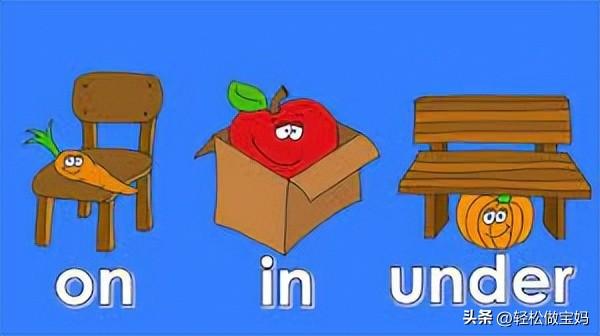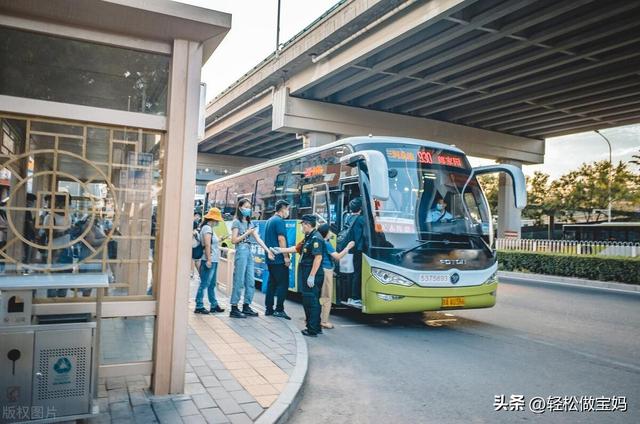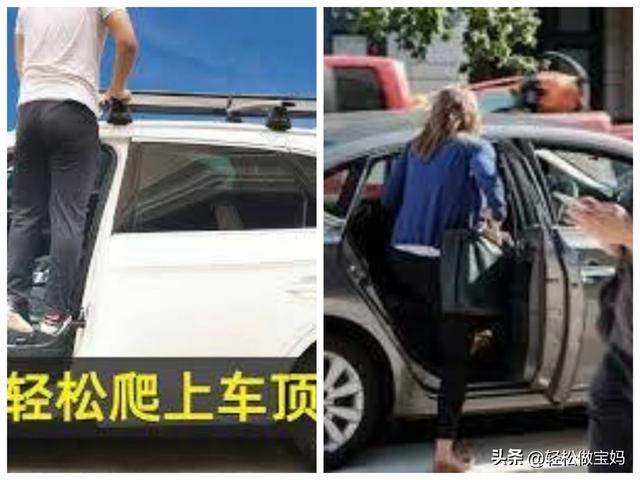今天读《幼儿英语分级阅读•预备级》中的Where is Your Bag Elsa?《你的书包在哪儿,艾莎?》。
这本小册子一共有9个关键词汇,6个名词,3个介词,分别是:
Bag 书包,背包
In 在…里面
Drawer 抽屉
On 在…上面
Bed 床
Chair 椅子
Sofa 沙发
Car 汽车
Under 在…下面
共有7句话:
1.Is it in the drawer?它在抽屉里吗?
2.Is it on the bed? 它在床上吗?
3.Is it on the chair?它在椅子上吗?
4.Is it on the sofa?它在沙发上吗?
5.Is it in the car?它在车里吗?
6.Where is my bag?我的书包在哪儿?
7.Oh!It's under my bed.噢!它在我的床底下。
今天要掌握的是in、on、under三个常用介词,其基本意思很好解释:
In:在......里面(内部)
On:在......上面(表面)
Under:在......下面

但在实际运用中还是有点复杂的。这种微妙复杂我们首先用“敲门”来解释。
敲门是 Knock the door? No no no~
Knock the door的意思是sb. accidentally hit the door或者bump into the door,即某人不小心撞到了门。
敲门的正确表达是Knock on the door,因为敲门是敲在门的表面上。

Knock the door VS Knock on the door
再如,上车 get on the car?No no no~
get on the car可不是“上车”,而是......在车顶上或引擎盖上~呵呵~想想就挺滑稽的。
如果一定要用get on,后面就不是car或者taxi、truck、van这种内部空间狭小、你被包裹在里面的小型交通工具;而要跟bus、train、subway、ship等这样内部空间较大、可以在里面的甲板上走来走去的大型交通工具。登机上公交车

上公交车get on the car
所以,上车,尤其是小型汽车应该用get in,比如 get in the car,因为上车意味着你要弯腰进入,然后好像被包裹在内部。

get On the car VS get in the car
你学会了吗?如果觉得简单有用,记得关注我,免费获取更多的绘本解读小视频吧!
〖特别声明〗:本文内容仅供参考,不做权威认证,如若验证其真实性,请咨询相关权威专业人士。如有侵犯您的原创版权或者图片、等版权权利请告知 wzz#tom.com,我们将尽快删除相关内容。

 微信扫一扫
微信扫一扫